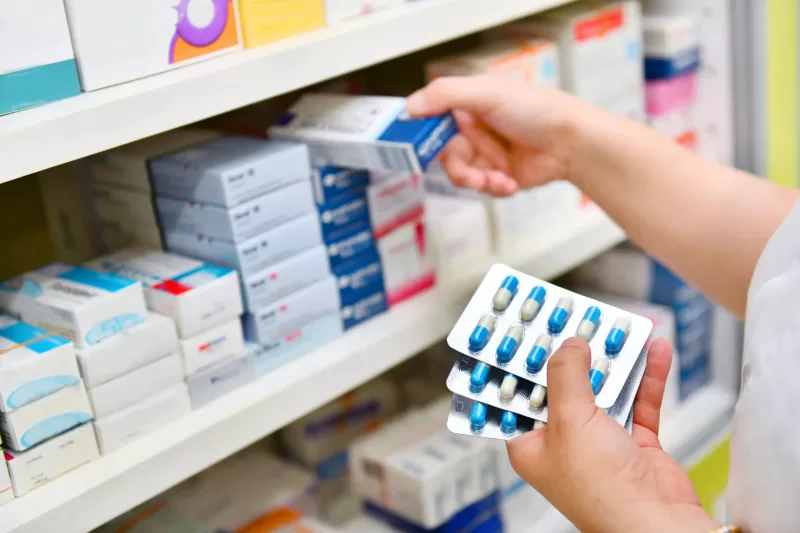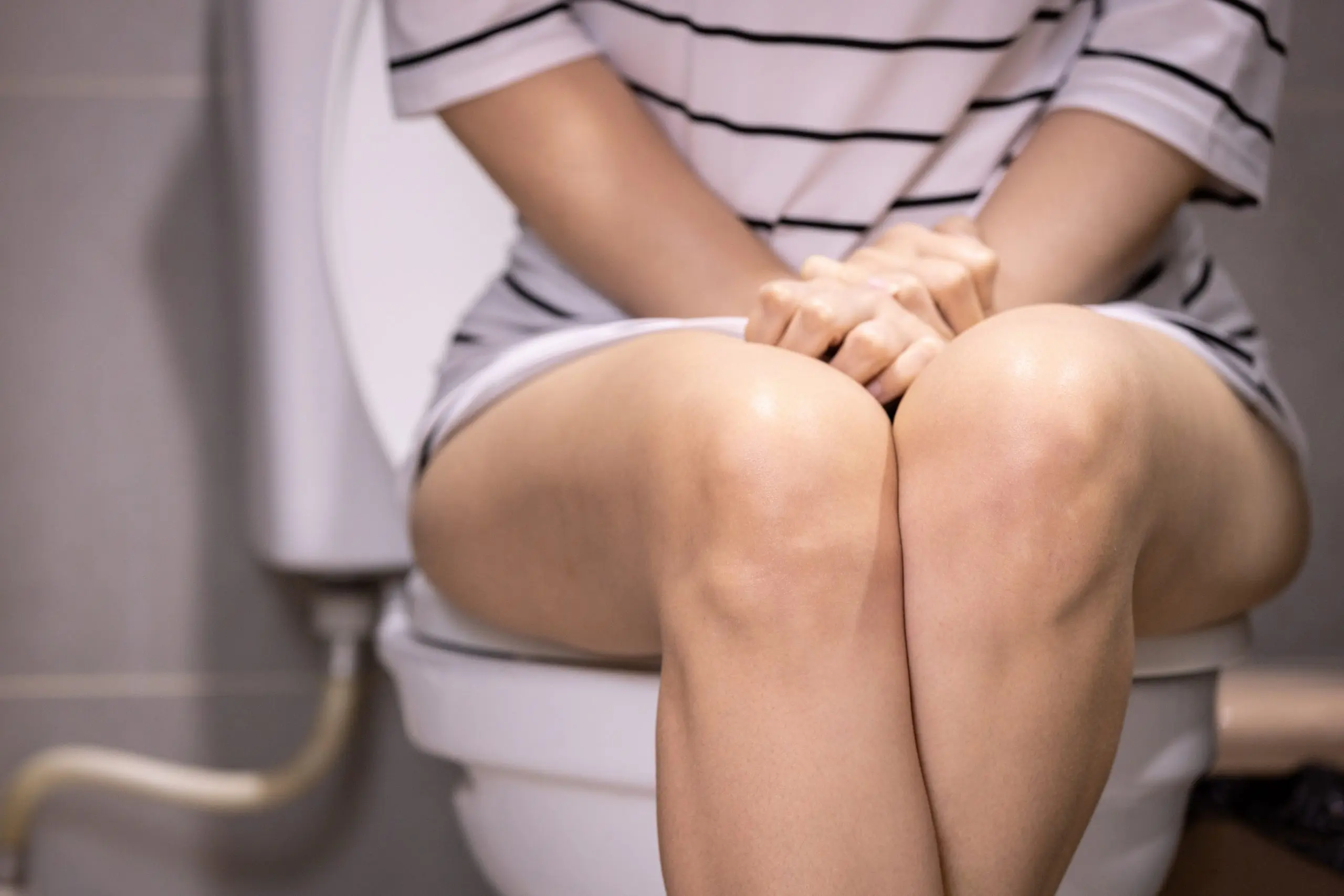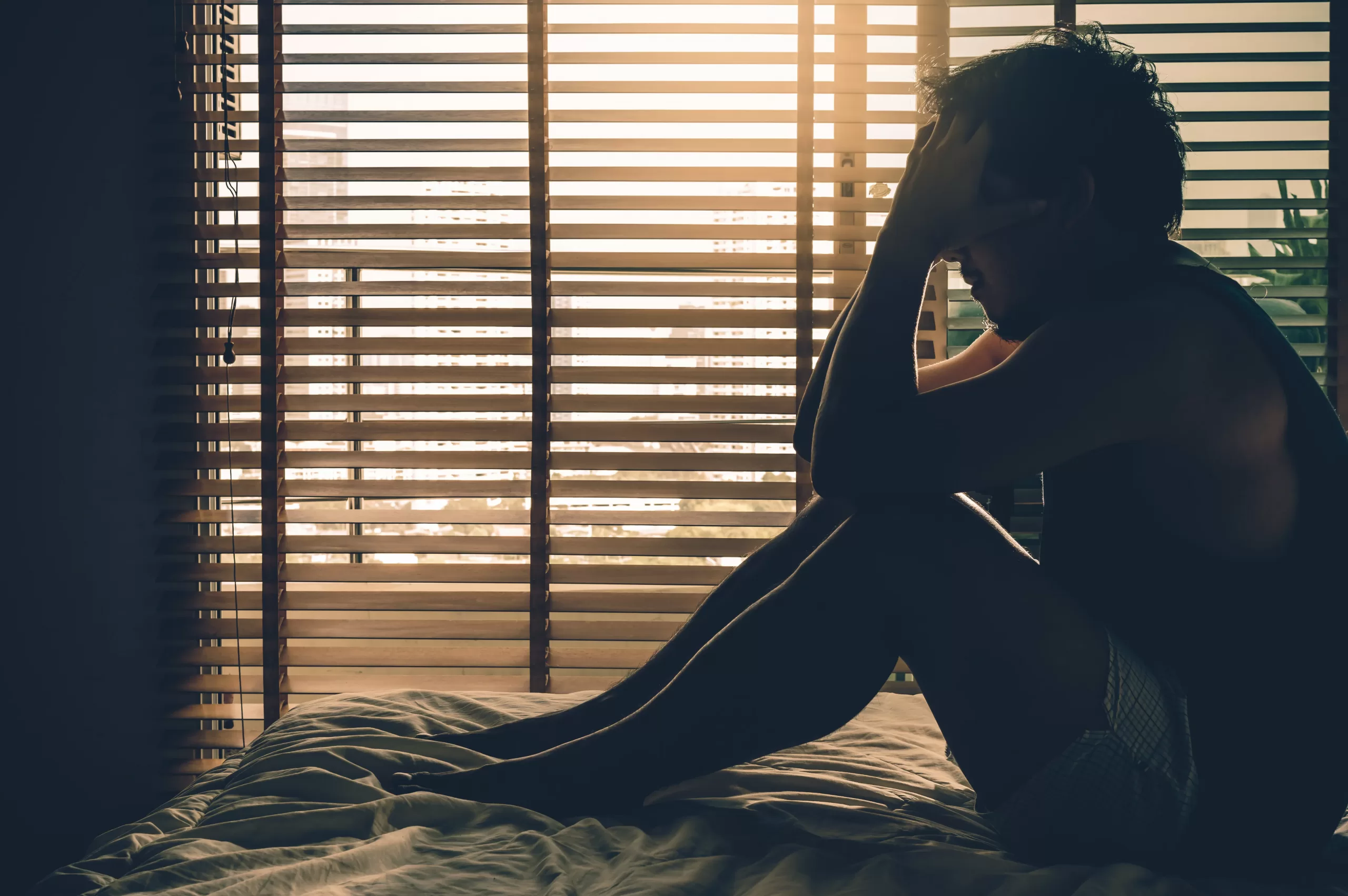Gonorrhoea: symptoms, testing, treatment and prevention
Medically Reviewed by Dr Ali Zavery
Last updated on 20.06.2024
Gonorrhoea is a Sexually Transmitted Infection (STI) that can infect the throat, vagina, anus and penis and is passed from one person to another during sex. Australian statistics from 2020 showed that men had more than two times more gonorrhoea notifications than women.
Symptoms of gonorrhoea
Gonorrhoea often has no symptoms, which means it can easily be passed on. However, in men gonorrhoea can also cause:
- Burning on urination
- Swollen testicle/s
- Redness around the urethra/pee hole
- Discharge from the penis that is usually thick and creamy
- Itch, discharge, or irritation in the anus
- Sore, dry throat
Very rarely, gonorrhoea can spread to other parts of the body and cause joint pains and swelling, conjunctivitis, and rashes.
Testing for gonorrhoea
The easiest way to test for gonorrhoea in the penis is to urinate in a cup, which is painless. However, sometimes a swab inside the penis is done, although this is less common now because it’s uncomfortable. If there is discharge from the penis, this can be collected from the urethra/pee hole without having to put the swab inside the penis. This type of swab is useful because it can test the gonorrhoea infection for resistance to antibiotics. When testing the throat or rectum, a swab is collected from the site and this is usually not painful. The timing of the test, or “window period,” can vary but generally the tests can be done at least 3-5 days after exposure to gonorrhoea.
Treatment for gonorrhoea
Current guidelines recommend treating gonorrhoea with:
- A one-off injection into the buttocks of an antibiotic (ceftriaxone), which is given with local anaesthetic to reduce pain, PLUS
- A course of oral antibiotics (doxycycline) for seven days or a single treatment of another antibiotic (azithromycin).
Side effects of antibiotics can include diarrhoea, cramps and stomach pain. Symptoms of gonorrhoea should settle within 1-2 days of treatment.
Follow-up and precautions
Sometimes your doctor will suggest you have a test-of-cure, which is a repeat test 2-4 weeks after you are treated to make sure the gonorrhoea is gone. This is routinely done if the gonorrhoea was in the throat or anus.
You need to avoid sex for at least seven days after finishing treatment for gonorrhoea, otherwise, you can still pass the bacteria to partners and get reinfected yourself. Contact tracing is also important, which means informing recent partners of your infection so they can get tested. This is not only good for their health but also your own because if you have sex with them again you can get reinfected.
A useful website to inform partners anonymously is letthemknow.org.
If you’ve had gonorrhoea before, you don’t have immunity to it so every time you have the infection, it needs to be treated. The best way to prevent gonorrhoea is to use a condom.
Getting a Mental Health Care Plan in Australia: Your Guide
Getting a Mental Health Care Plan in Australia: Your Guide Mental health matters—and if you’re feeling overwhelmed, anxious, or down, a mental health care plan can help. But what is it, and how do [...]
UTI Symptoms and Treatment: What You Need to Know
UTI Symptoms and Treatment: What You Need to Know Urinary Tract Infections (UTIs) are common, uncomfortable, and often disruptive. But what exactly are the signs to watch for, and how can you get relief [...]
Free Mental Health Care Plan Online | Bulk-Billed by Qoctor
Free Mental Health Care Plan Online | Bulk-Billed by Qoctor Discover how to get a free, bulk-billed Mental Health Care Plan (MHCP) in Australia through Qoctor's telehealth service. Accessing [...]






